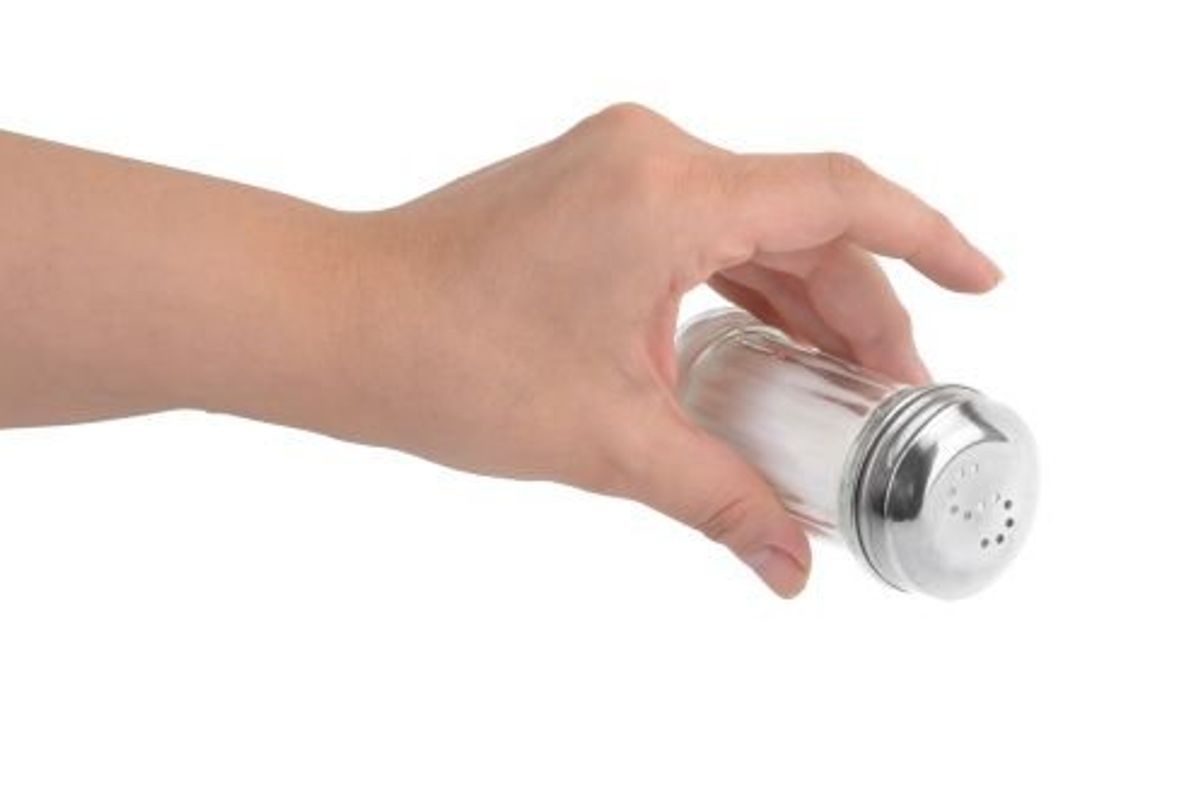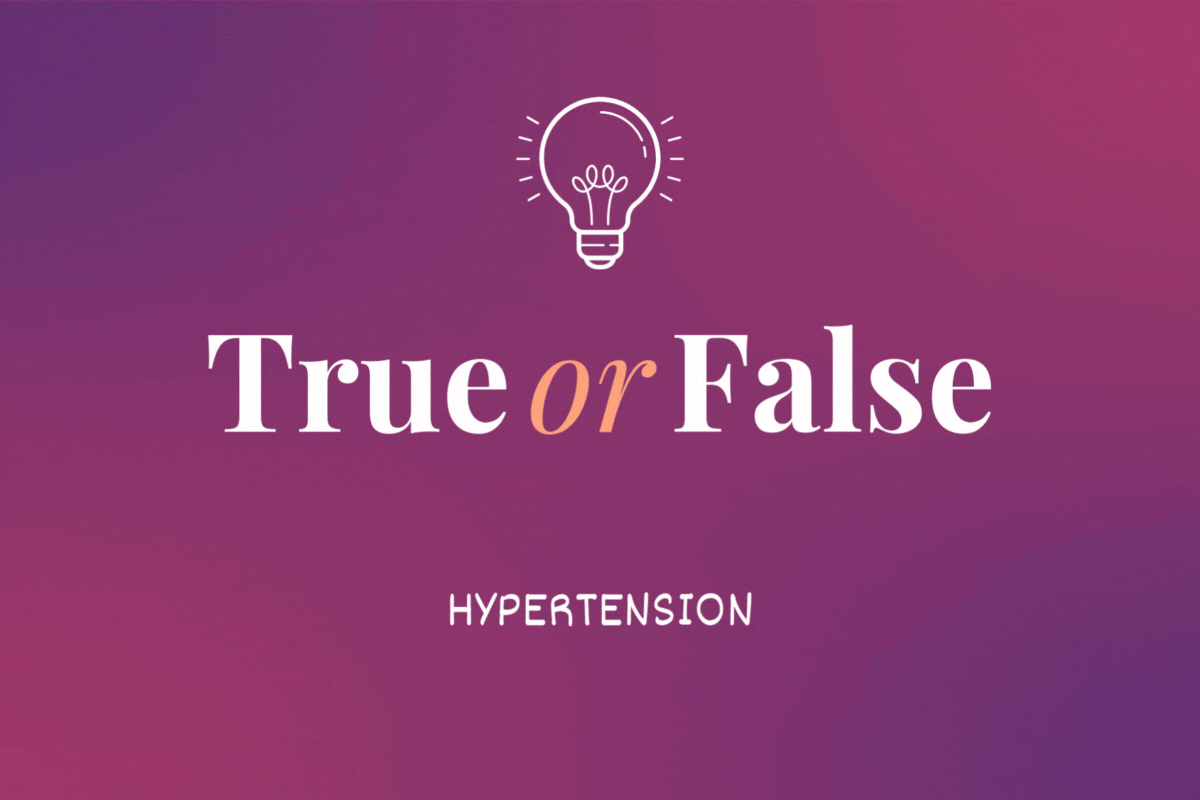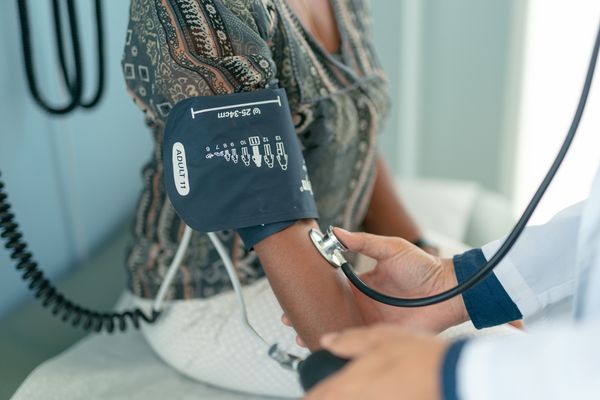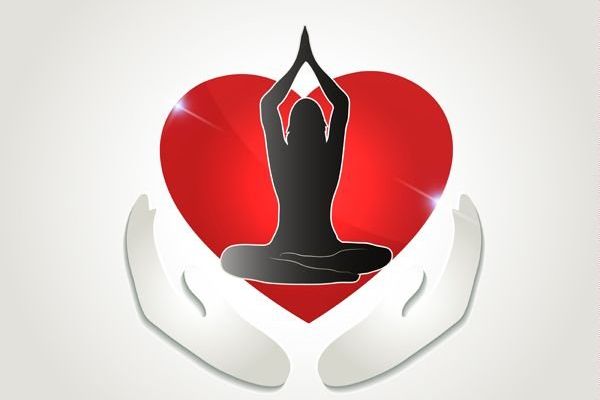When doctors tell their patients with hypertension to shake their salt habit, there's no surprise there. Salt has been associated with high blood pressure, a risk factor for heart disease, stroke and heart-related death. Salt is deadly, some say. A public campaign to curb sodium intake is essential. After all, nearly 80 percent of our salt intake comes from processed and restaurant foods.
Over the years the research and connection linking high sodium intake to heart disease and early death have been disputed numerous times with opinions as varied as the diverse colors of salt. (Yes, salt comes in many colors: pink, gray, red and even black). Scientific studies are murky; results can be difficult to obtain because of sampling sizes, inability of test subjects to stick with a diet for a long time and recollect what they ate accurately as well as the challenges of designing a reliable study. As a result of the mixed messages, many people think that if they don't suffer from high blood pressure, there's no need to be mindful of their salt intake.
MORE: High Blood Pressure
Along with the back-and-forth debate on the subject comes a new message from the American Heart Association: All Americans, regardless of their age or their individual risk factors, have the opportunity to improve their heart health and risk of cardiovascular disease by restricting their daily consumption of salt to 1,500 milligrams.
What's important when looking at this number is that 1,500 milligrams is a very small amount; it's less than the amount in a single teaspoon of table salt. It's been estimated that most Americans consume more than 3,400 milligrams per day.
MORE: Essential Facts You Need to Know About Salt: Before You Pick Up the Shaker, Read This
Unexpected Sources
You might not realize where all the salt is coming from. For instance, when you bite into a bagel or a slice of bread, does it taste salty? Probably not. Yet, bread has one of the highest percentages of sodium-7.4%. An oat-bran bagel sounds healthy, right? You may be surprised to learn that a typical 4-inch, 10-centimeter bagel packs a whopping 532 milligrams of sodium-and that's before you spread it with butter or layer it with cold cuts. Even a healthy-sounding piece of whole-wheat bread has 132 milligrams! Other salt-heavy offenders include pizza, cold cuts/cured meats, fresh and processed poultry, soups, cheese, pasta dishes and snacks like popcorn, chips and pretzels. Not to mention those fast foods and processed foods that you pick up for convenience.
How to Be a Salt Detective
Read food labels. The Nutrition Facts label, which is found on most processed and packaged foods, lists the amount of sodium per serving. Make sure you check this label for serving size; don't discount the number of servings you may actually be consuming.
Also included on this label are ingredients that include salt or compounds that contain sodium, like monosodium glutamate (MSG), baking soda, baking powder, disodium phosphate, sodium alginate, sodium nitrate and nitrite.
Be aware of other terms. They may not sound "salty," but these words still point to salt. The Mayo Clinic offers these tips and warnings:
• Sodium-free or salt-free: Each serving contains less than 5 milligrams of sodium.
• Very low sodium: Each serving contains 35 milligrams of sodium or less.
• Reduced or less sodium: The food contains at least 25 percent less sodium than is in the regular version.
• Lite or light in sodium: The sodium content has been reduced by at least 50 percent from the regular version. You should check the label to see how much sodium is in a serving.
• Unsalted or no salt added: No salt is added during processing of a food that normally contains salt. However, some foods with these labels may still be high in sodium because some of the ingredients may be high in sodium.
And here's an important warning to heed: Foods labeled "reduced sodium" or "light in sodium" may still contain a lot of salt. For example, regular canned chicken noodle soup contains about 1,100 milligrams of sodium per cup, so a product with 25 percent less sodium still has a whopping 820 milligrams of sodium per cup. "Lite" or "light in sodium" varieties also still have a lot of sodium.
MORE: Tips for a Low Sodium Diet
Why all the fuss about salt, you wonder? According the most recent report, if we could reduce our intake of the foods containing the highest amounts of sodium, over 20,000 deaths could be averted and billions in healthcare costs saved each year. And being aware of what you're eating, in general, couldn't hurt your waistline, either.







